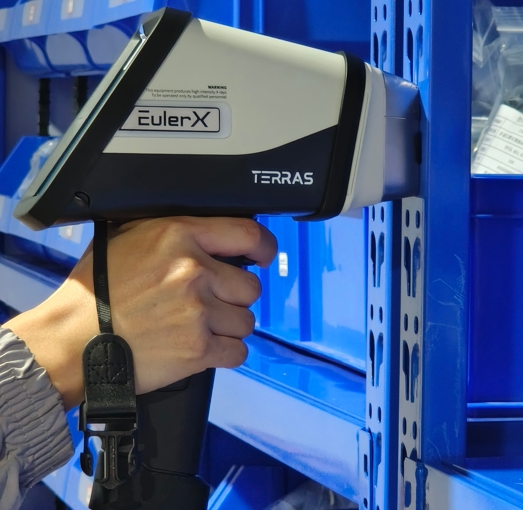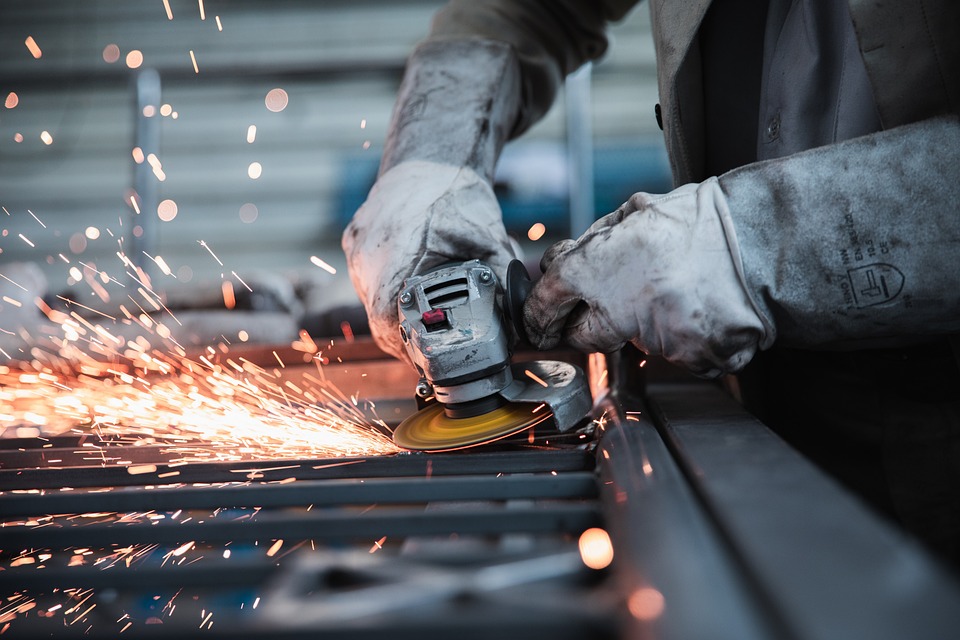
Alloy
A high-tech enterprise focusing on the development and application of X-ray technology products, committed to becoming a leading supplier of X-ray industrial testing solutions.
Top Tools and Equipment for Accurate Used Catalytic Testing
Introduction
In the automotive world, catalytic converters play a crucial role in reducing harmful emissions from vehicles. However, over time, these components can degrade or malfunction, affecting vehicle performance and emissions. Whether you're a mechanic, automotive enthusiast, or work in the recycling industry, accurate testing of used catalytic converters is essential for ensuring their functionality and determining their value. To facilitate this process, having the right tools and equipment is paramount. In this article, we'll delve into the top tools and equipment necessary for precise used catalytic converter testing.

Emission Gas Analyzer
For comprehensive testing of catalytic converters, an emission gas analyzer is indispensable. This device measures the composition of exhaust gases, including carbon monoxide (CO), hydrocarbons (HC), and nitrogen oxides (NOx). By analyzing these emissions both upstream and downstream of the catalytic converter, technicians can determine its efficiency in reducing pollutants and identify any deficiencies.
Exhaust Back Pressure Tester
Excessive back pressure in the exhaust system can indicate a restricted or failing catalytic converter. An exhaust back pressure tester allows technicians to measure the pressure within the exhaust system, providing insights into the condition of the catalytic converter and identifying potential blockages or restrictions. By evaluating exhaust flow and pressure, technicians can determine whether the converter requires replacement or repair.
Spectroscopy Equipment
For more advanced analysis of catalytic converter composition and catalyst material, spectroscopy equipment, such as X-ray fluorescence (XRF) analyzers, can be invaluable. These devices provide detailed elemental analysis, identifying the presence of precious metals like platinum, palladium, and rhodium within the catalytic converter. This information is particularly valuable for recycling purposes, as it determines the converter's monetary value based on its precious metal content.
The Important Role of XRF Spectrometers in Catalytic Converter Composition and Catalyst Material Analysis
XRF (X-ray Fluorescence) spectrometers play an important role in analyzing the composition and catalyst materials of catalytic converters. The catalysts in catalytic converters usually contain precious metals such as platinum (Pt), palladium (Pd), and rhodium (Rh), which are essential for catalyzing the conversion of harmful gases. The following are the important roles of XRF spectrometers in catalytic converter analysis:
Determining the Precious Metal Content: XRF spectrometers can accurately measure the content of precious metals in catalytic converters. This data is essential for assessing the value of catalytic converters, especially in the recycling market. By knowing the content of platinum, palladium, and rhodium in catalytic converters, its actual value in metal recycling can be determined.
Quality Control and Quality Assurance: XRF spectrometers can provide detailed composition information about catalyst materials, which helps manufacturers in quality control and quality assurance. By detecting the composition of catalyst materials, manufacturers can ensure that the produced catalytic converters meet the specified standards and performance requirements.
Environmental Protection and Compliance: The performance of catalytic converters directly affects the emission levels and environmental impact of vehicles. By using XRF spectrometers, it can be ensured that the catalyst materials in catalytic converters meet environmental regulations and emission standards. This helps protect the environment and ensures compliance of vehicles on the road.

Research and Development: XRF spectrometers also play an important role in the field of catalytic converter research and development. By analyzing the composition of different catalyst formulations, researchers can optimize the design of catalytic converters, improve their efficiency and performance, and thus achieve more effective emission control.
The EulerX 900 series has proved to be an excellent choice for metal analysis in a wide fields, providing fast, accurate results directly to the user. Thanks to its cutting-edge electronics and sophisticated mathematical algorithms, the EulerX 900 series ensures superior measurement quality within seconds. This makes it an ideal tool for inspecting and analyzing incoming materials, finished products, and in-process production parts in a non-destructive manner. Its simplicity of operation allows users to quickly view alloy grade and chemical composition on the touch screen display, achieving laboratory-quality analysis with minimal training and virtually no need for sample preparation, regardless of the sample is shape or size.
Conclusion
Accurate testing of used catalytic converters is essential for maintaining vehicle performance, reducing emissions, and determining their value in the recycling market. By utilizing the right tools and equipment, technicians can conduct thorough evaluations, diagnose potential issues, and make informed decisions regarding repair or replacement. From OBD-II scanners to spectroscopy equipment, each tool plays a vital role in ensuring the efficiency and functionality of catalytic converters, contributing to a cleaner and more sustainable automotive industry.
Join Us
Subscribe to our email list for updates & promotions.



